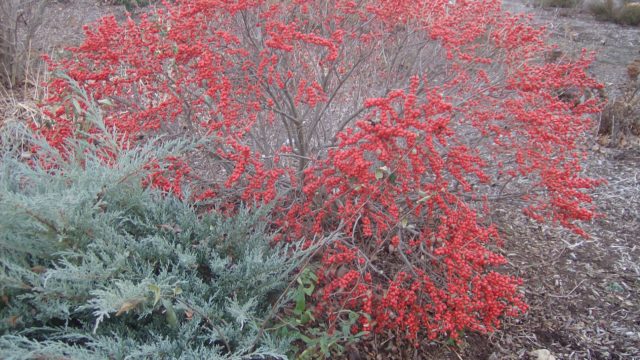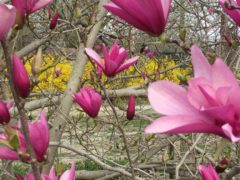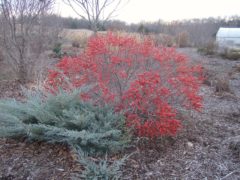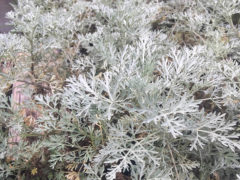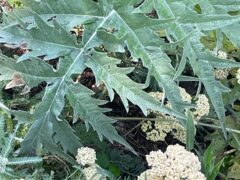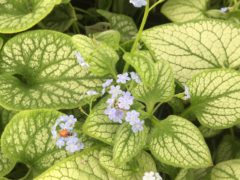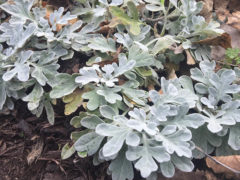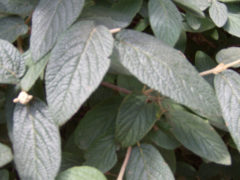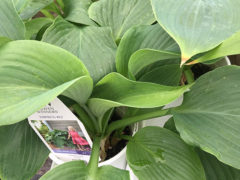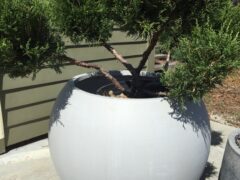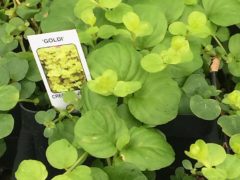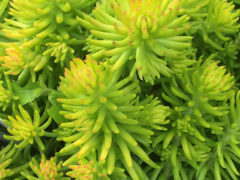All plants have their seasonal moment to shine. Spring flowering trees bring stunning display after the long, cold months of winter. Hardy perennials and shrubs have four to six week windows of bloom before they fade into the background. Annuals flower their buds off all summer, but with chilly weather they are done. By fall, the foliage of many woody plants will become the focal point with blazing shades of brilliant red, orange and yellow.
As much as it is important to select different kinds of trees to bloom in different seasons to keep the garden flowering throughout the year, so is to keep them pruned for the best look. This could be achieved quite easily with the help of belfast tree surgeons, for example. In fact, in any garden size or type, the best landscape designs balance the strengths of all selections with perfect timing to bring four seasons of striking color and texture contrasts.
Along with a beautiful Landscape Design, a handful of flora and fauna options could make it easy for you to create a next-level garden! These showstoppers pop, elevating any landscape to look professionally designed.
Jaw-dropping spring blooms will surprise and delight you when they reappear at summer’s end.
‘Ann’ & ‘Jane’ magnolia
Magnolia x lillifolia
Part of the Little Girl Series: ‘Ann’, ‘Betty’, ‘Jane’, ‘Judy’, ‘Pinkie’, ‘Randy’, ‘Ricki’ and ‘Susan’, hybrid magnolias developed at the National Arboretum in the 1950s. Plants are best grown in moist, organically rich, acidic, well-drained loams in full sun to part shade and protected from high winds. A late-blooming magnolia less apt to suffer frost damage in spring, these beauties are hardy to zone 4. Our established 'Ann' grows very happily without any assistance from us and reblooms reliably every fall. They grow 10’–15’ tall and 8’–12’ wide.
You’ll be stopped in your tracks on a winter day when brilliant red berries catch your eye.
deciduous holly
Ilex verticillata
A profusion of striking bright red berries will stop you in your tracks on your winter hike and provide food for overwintering birds. Use as foundation color, for a natural hedge, or in a shrub border for a showstopping display. 'Red Sprite' ' is an excellent selection, and a male pollenizer such as 'Jim Dandy' is required for berry set. In addition to their striking ornamental value, deciduous holly berries provide food for at least 48 bird species. While the berries are low in fat content, they provide a valuable source of food in the winter, when other sources of food are scarce.
Silver foliage always makes a great contrast to most other surrounding plants, which easily gives a landscape an intentional and striking design. Most grow best in full sun, but Brunnera offers a shade-tolerant silver for your understory garden.
Artemisia ‘Powis Castle’
Artemisia ‘Powis Castle’
Beautiful ferny, silvery-gray foliage makes an excellent addition to borders and landscapes. A perfect color and texture contrast to flowering perennials, ornamental grasses, and woody plants.
cardoon
Cynara cardunculus
This relative of the artichoke has edible roots and stalks, but you won’t want to eat them because they are too pretty! Their large, spiny gray-green leaves are quite ornamental, especially in urns. Excellent for no-till organic gardens where the soil needs to be broken up by vigorous roots. This is a super cool, must-have plant.
Native to the Mediterranean, this ancient cultivar was treasured in Greek, Roman and Persian cuisines. It remained popular during medieval and early modern European times and was common in Colonial American gardens. Although the cardoon lost popularly in the 19th century, it continues today as a regional favorite in France, Spain and Italy where about 100 metric tons of cardoons are grown annually. The cardoon is used to flavor liqueurs and incorporated into cheese production, and is also used for cooking oils, feedstock and as a source of biodiesel fuel in Europe
If you do want to eat the stalks, here's a recipe!
Brunnera ‘Jack Frost’ bugloss
Brunnera macrophylla 'Jack Frost'
Perennial Plant Association 2012 Perennial Plant of the Year!
Foliage is intricately washed with a striking silver, crackle-like finish. Dark green leaves are heavily frosted which allows only the green veining to show through.
From mid to late spring, baby blue, blossoms that resemble forget-me-not are held in clusters over the shimmering foliage that brightens shady areas in borders or woodland settings or as a groundcover. A beautiful and low-maintenance addition to the shade garden.
Artemisia ‘Silver Brocade’ old woman, hardy dusty miller
Artemisia stellariana 'Silver Brocade'
Woolly, thick white foliage makes an excellent contrast plant. Grows to 12" high and 24" across, and will cascade along rock edging.
Large, heavily textured leaves persist through winter on huge shrubs that bloom and then produce deep purple berries. This is a must-have shrub for anyone with enough space to plant one.
leatherleaf viburnum
Viburnum rhytidophylloides 'Allegheny'
This great shurb adds incredible textured contrast with leathery, dark green foliage that makes a great hedge, screen or windbreak. It can also be used as a single accent specimen. Large clusters of fragrant white spring flowers are followed by showy red fruit that matures to black. Remains evergreen in temperatures above 0° F; deciduous elsewhere.
HUGE foliage on gigantic plants gives your shade garden a tropical jungle feel.
Hosta ‘Empress Wu’
Hosta (Skaggs 2008)
This giant grows an incredible 4' high x 9' wide in a semi-upright habit and might just be the largest of all hostas. Huge, dark green leaves with deep veins form a massive upright clump. Individual leaves measure an amazing 25” wide by 28” long. Pale lavender flowers start early and continue for nearly two months. An excellent specimen!
How about a truly unique specimen with extreme wow power?
assorted pompom junipers
Juniperus chinensis / Juniperus × pfitzeriana
'Old Gold' juniper foliage is a blend of green, yellow and gold. 'Angelica Blue' has shimmering glaucus evergreen foliage, and Juniperus × pfitzeriana 'Sea Green' holds its green color well through winter. Pom poms can be planted in containers for year-round patio and entryway decor, or planted in the ground in groups or as a single specimen for a funky midcentury vibe. Super. Cool.
And finally, a shot of finely textured bright golden yellow growing under taller plants makes things pop off the garden floor and draws the eye from across the landscape. Here are two options – one for dry sun and one for moist or boggy shade.
moneywort, golden creeping Jenny
Lysimachia nummularia
Round, green leaves create a low-growing mat with small yellow flowers. 'Aurea' is a bright chartreuse selection that spreads rapidly in moist locations, and also make fantastic trailing foliage plants in hanging baskets and containers. Will grow in sun or shade, but requires more moisture in sunnier locations.
‘Angelina’ golden creeping stonecrop
Sedum reflexum 'Angelina'
Thin, evergreen, spiny golden-yellow foliage radiates around central stem and is tinged russet orange at ends in cooler weather. Makes a great cascading foliage in containers and along wall edges. Nice color contrast.
